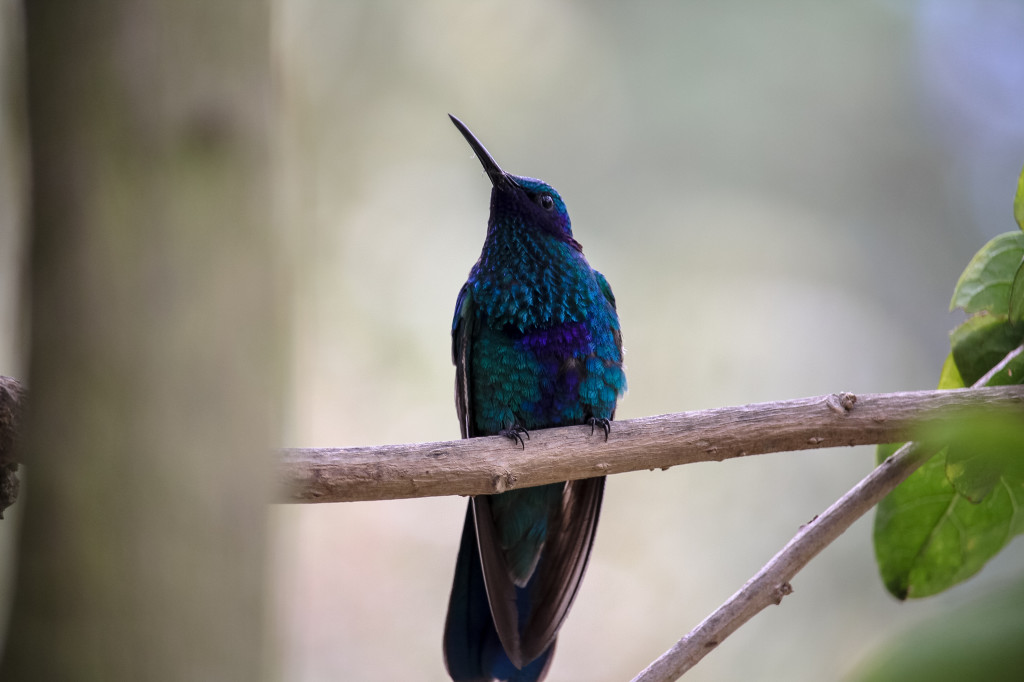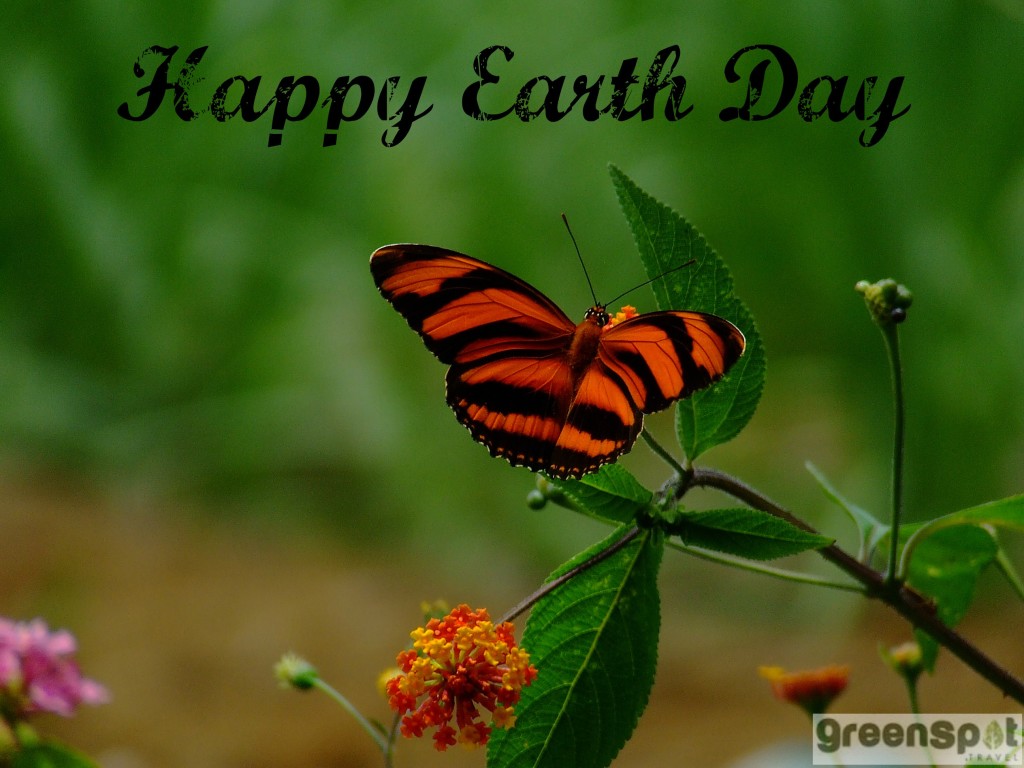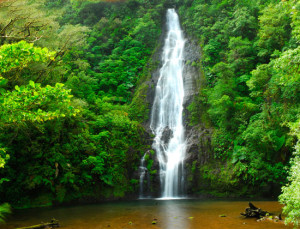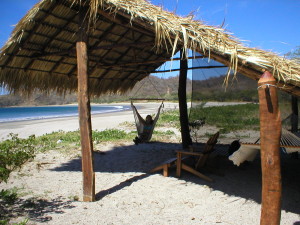No stranger to bucket lists and Pinterest boards, there’s no denying that the Galapagos Islands are a remarkable place to visit. When asked about my favorite travel experience, snorkeling with Galapagos sea lions always ranks high on my list. In addition, those islands ignited my passion for wildlife and conservation.
The Galapagos may be Ecuador’s gem, yet we believe that mainland Ecuador deserves to share the spotlight with those famous islands. The mainland is so much more than a transfer point. Dig deep into the heart of the country and the incredible biodiversity, vibrant culture and potential for adventure will win you over.
As we get ready to launch our new Ecuador itineraries, we will be sharing an in-depth look at some of mainland Ecuador’s most notable attributes. Here is an overview of what’s to come and a look at some of the beauty of the country.
Unsurpassed Biodiversity
Ecuador is one of 17 megadiverse countries in the world and has the most biodiversity per square kilometer of any nation (whoa!). Essentially, that means that this small country contains a massive amount of the earth’s species. In part, this is due to the variety of ecosystems found in such close proximity to each other. In other words, you can be riding in a canoe in the humid, tropical rainforest in the morning and sitting next to a crackling fire, in the highlands of the Andes that evening.
A Country with a Spirit for Adventure
Everyone’s idea of adventure is different. Have you ever experienced peddling a bike over a cloud forest? Well, Ecuador makes it possible. Whether you are climbing one of the country’s highest peaks, rafting class 5 rapids, horseback riding in the mountains or experiencing a gentle hike through the foothills of an ecological reserve, the options are endless.
Culture and Tradition
Ancient traditions are alive and well in Ecuador. Stumbling upon natural cultural encounters is as easy as strolling through a bustling market. Strike up a conversation with weavers who are making Panama hats (which are actually Ecuadorian…but more about that later). Furthermore, the food in Ecuador is something to write home about.
People make the Place
As you delve into the culture and tradition of the country, it doesn’t take long to see the adoration that Ecuadorians have for their homeland. They are happy and proud to share the beauty of their country with travelers. Locals are hospitable and courteous and native guides will deliver an abundance of information that will enhance your travel experience.
We are looking forward to sharing more of this beautiful country with you. Stay tuned for more of Ecuador – or contact us to find out how we can help you get there.
















 The economic and social benefits of tourism are more obvious, particularly in developing countries, because (if done correctly) tourism can create jobs and increase the country’s revenue. It can also improve infrastructure and cultural understanding between guest and host. The environmental benefits are sometimes less obvious. However, tourism has helped promote awareness and conservation of natural resources and wildlife.
The economic and social benefits of tourism are more obvious, particularly in developing countries, because (if done correctly) tourism can create jobs and increase the country’s revenue. It can also improve infrastructure and cultural understanding between guest and host. The environmental benefits are sometimes less obvious. However, tourism has helped promote awareness and conservation of natural resources and wildlife.






 RT
RT